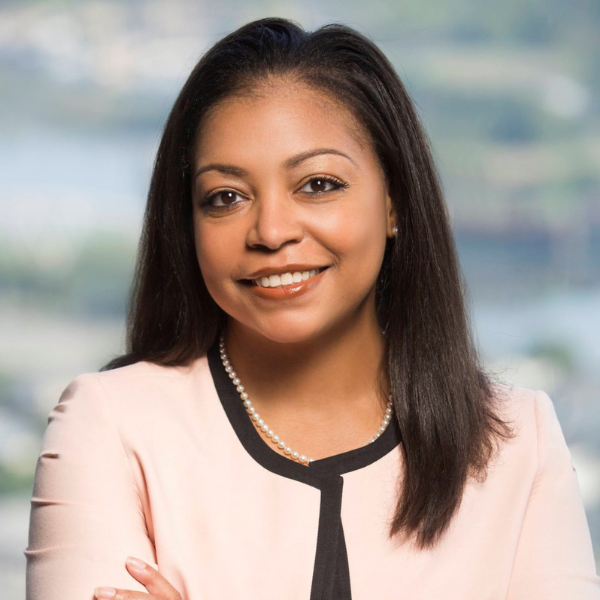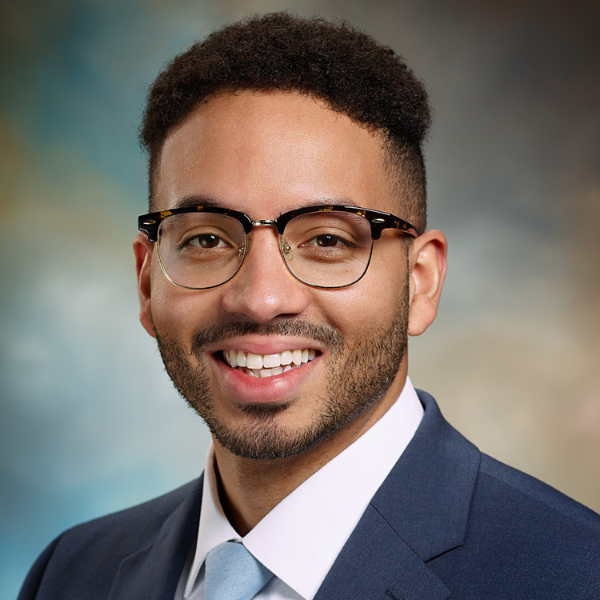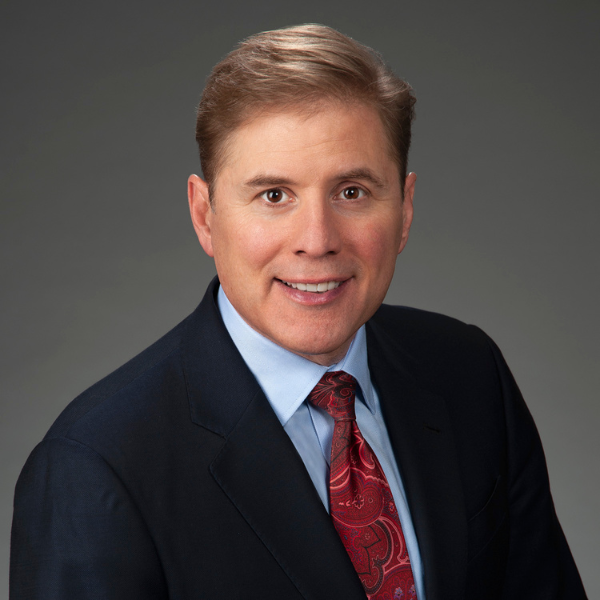Investing in Rural Communities and the U.S. South
by Kenya Davenport, Javon Dobbs, and Justin Fier
There is an increasing interest across the impact investing community on an expected economic renaissance in the U.S. South. Unlike many investment trends; however, this one has asset owners, fund managers, and entrepreneurs alike looking at both the attractive profit potential and how the renewal could be equitable and inclusive.
The scale of the potential impact has sparked a collaborative spirit focused on ensuring wealth creation includes the local community. The level of excitement over this opportunity was evident at a themed dinner and a session that covered the topic at the Mission Investors Exchange National Conference in Los Angeles, where attendees and panelists shared their interest in investing for equity in the U.S. South.
Here are some key takeaways from our time together:
The South is the fastest-growing region in the U.S.
According to the U.S. Census Bureau, nine of the 15 fastest-growing cities in the country are located in the South. The region is home to more than half of the country’s entire Black/African American population, as well as the fastest-growing Latino and Asian American populations. A young and dynamic pool of talent alongside the region’s lower costs to do business and tax incentives would create a sizable return on investment for any business looking to relocate operations to the South, as many already have.
But even as economic eyes turn back to the South, they do so through a limited view. Cities such as Atlanta, Austin, Nashville, and Chattanooga, have generated most of the buzz, leaving a canvas of idle opportunity throughout the Deep South in between. Places like Jackson, Miss., Tuscaloosa, Ala., Little Rock, Ark., and the tried-and-true rural communities of the Arkansas-Mississippi Delta are where the need for investment is the greatest and where the opportunity could be the largest, with less competition and capacity issues as the larger cities. Further, most of the small to mid-sized Southern communities are among the nation’s most affordable to live in and cost effective in which to do business.
There is a complex history yet being written
The harvests of our opportunities in the South do not always reflect the fertility of the soil on which we live. And make no mistake, the Southern region has always been rich in natural resources with great potential to prosper. Farmers have provided global exports for generations, foresters have grown the largest sustainable wood basket of the world, manufacturers have built and sustained businesses to support Main Street economies, and future advancements have even emerged from innovation labs in its growing metros.
Even still, the opportunity for shared prosperity remains untapped. Southern communities need long-term investment and economic partners to scale up in this global economy.
Limited financial access has impeded the sustainable growth of the South for generations. Post-Civil War Reconstruction efforts and the legacy of Jim Crow laws left deep economic scars that materialize as disparities in wealth, education, and infrastructure. The modern-day rates of poverty, un- and under-banked populations, and levels of incarceration remain significantly higher in the Deep and Mid-South than other parts of the region and the nation at large. Additionally, the rates of education, access to capital, and individual net worth remain lower than the national average.
Juxtaposed against this backdrop, the South and its communities have every measurement needed to be an economic powerhouse. The region’s favorable climate and abundant resources – natural and otherwise – made it, at times in history, the epicenter of agriculture, manufacturing and trade. This wealth did not translate into widespread economic prosperity because of the structure of the economy, and in many cases, the region’s discriminatory practices, but the foundation for a better version of it remains.
In fact, that foundation might be even stronger today. The South is on the verge of a boom and this time, with collaboration and intentionality, the development can be both equitable and inclusive, and importantly, sustainable.
In fact, that foundation might be even stronger today. The South is on the verge of a boom and this time, with collaboration and intentionality, the development can be both equitable and inclusive, and importantly, sustainable.
The investment landscape in the U.S. South is ripe
The South is compelling from a business and investment point of view: the cost of doing business is low thanks to lower cost labor, real estate, and land. Yet these factors also mean land and people in the South are vulnerable to extractive models that take advantage of low costs and siphon wealth out of the region and its communities. Innovative investors have the opportunity to generate strong financial returns that result in wealth going into Southern communities.
To demonstrate the real opportunity in the region, here a few examples of how investors are making an impact:
- Timberland Investment Resources, a sustainable forestry market specialist has joined forces with a national nonprofit CDFI, Local Initiatives Support Corporation (LISC), to launch an innovative new Rural Impact Initiative. The Initiative is focused on supporting areas of persistent rural poverty in the U.S. South by linking local communities to wealth creation via shared ownership in new business development across the forest-based value chain.
- Simmons Bank, a $27 billion financial institution, recently partnered with Southern Bancorp Community Partners, a nonprofit CDFI loan fund and financial development organization, in support of the Southern Bancorp Minority Business Empowerment Program. The program aims to help more minority-owned businesses grow and scale by providing entrepreneurs with no-cost business technical assistance and funding readiness.
To explore more investment case studies, check out Reimagining Opportunities for Investment (ROI) in the South, a cohort of diverse investors convened by the W.K. Kellogg Foundation and representing more than $100 billion in investable assets focused on addressing racial inequity and building long-term community wealth in the U.S. South. View videos and stories to learn from influential leaders – in the philanthropic, for-profit, media, and investment sectors – those who know what it takes to build partnerships in the region and make investments that are not extractive, but rather build on the region’s many resources to increase opportunities for those who live there.
There are ample opportunities to join this movement
Unlike other parts of the country, the prospect of the Deep South is one that provides organizations a unique opportunity to invest for both profit and purpose. To do good and do well – a priceless enterprise as each generation becomes more socially conscious with whom they do business.
The South could be the next frontier of long-term economic investments. And like with any investment, it never pays to look back in hindsight at what you could have done before the market did. While many MIE attendees were excited about the U.S. South and in agreement of what’s possible, we want to open the call: Join us! Let’s collaborate, share insight, co-invest, and together ensure equality and inclusivity in a Southern renaissance centered on the local community! Please reach out via LinkedIn below.
Kenya Davenport is Interim President at Southern Bancorp Community Partners,
Javon Dobbs is Communications Officer at the W.K. Kellogg Foundation, and
Justin Fier is Managing Director of Impact Strategy at Timberland Investment Resources.
Javon Dobbs is Communications Officer at the W.K. Kellogg Foundation, and
Justin Fier is Managing Director of Impact Strategy at Timberland Investment Resources.








